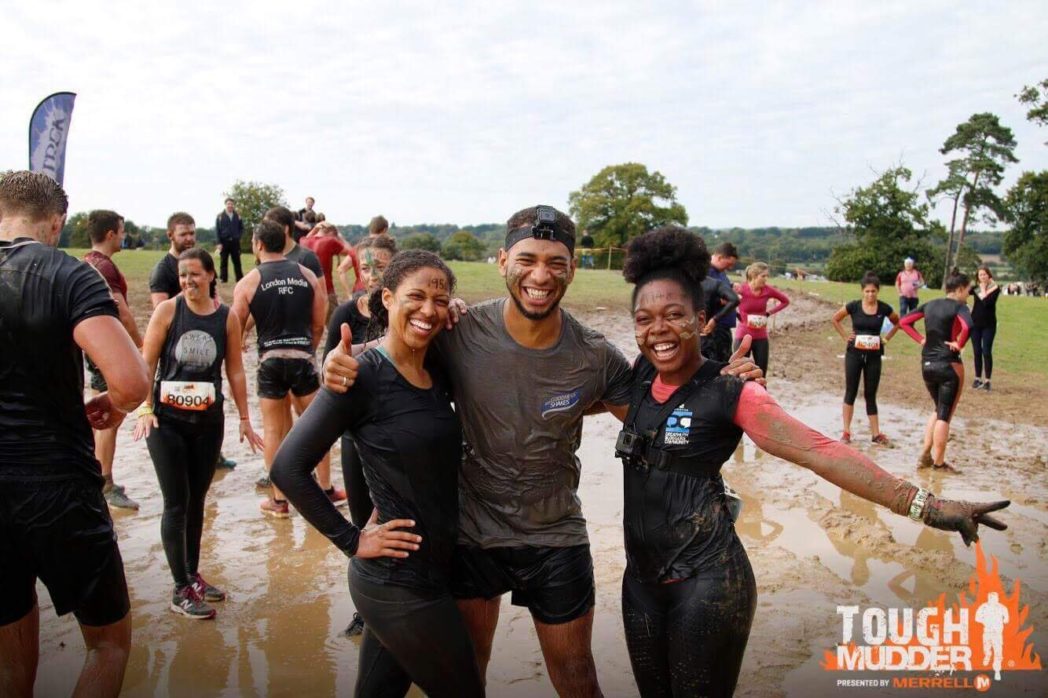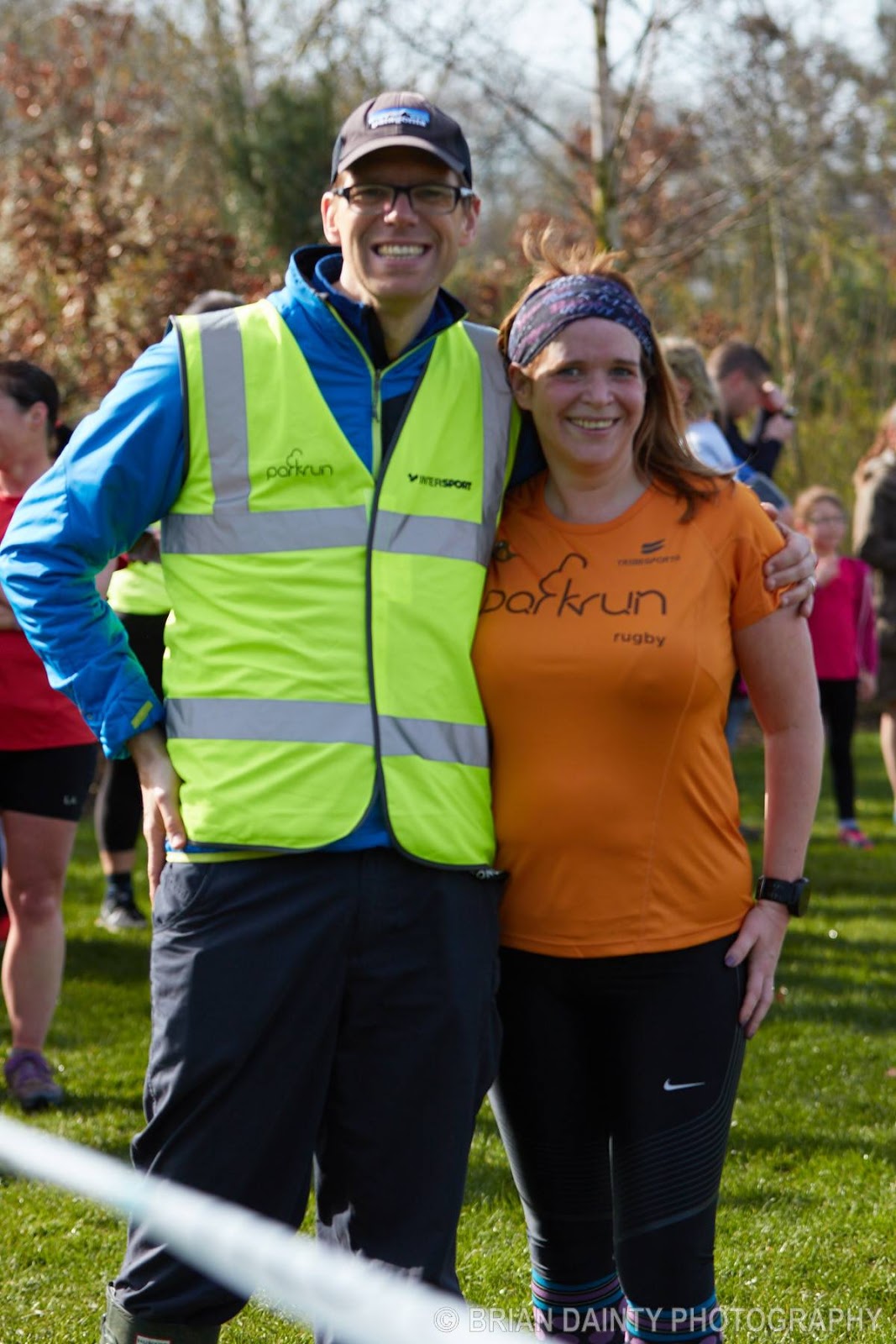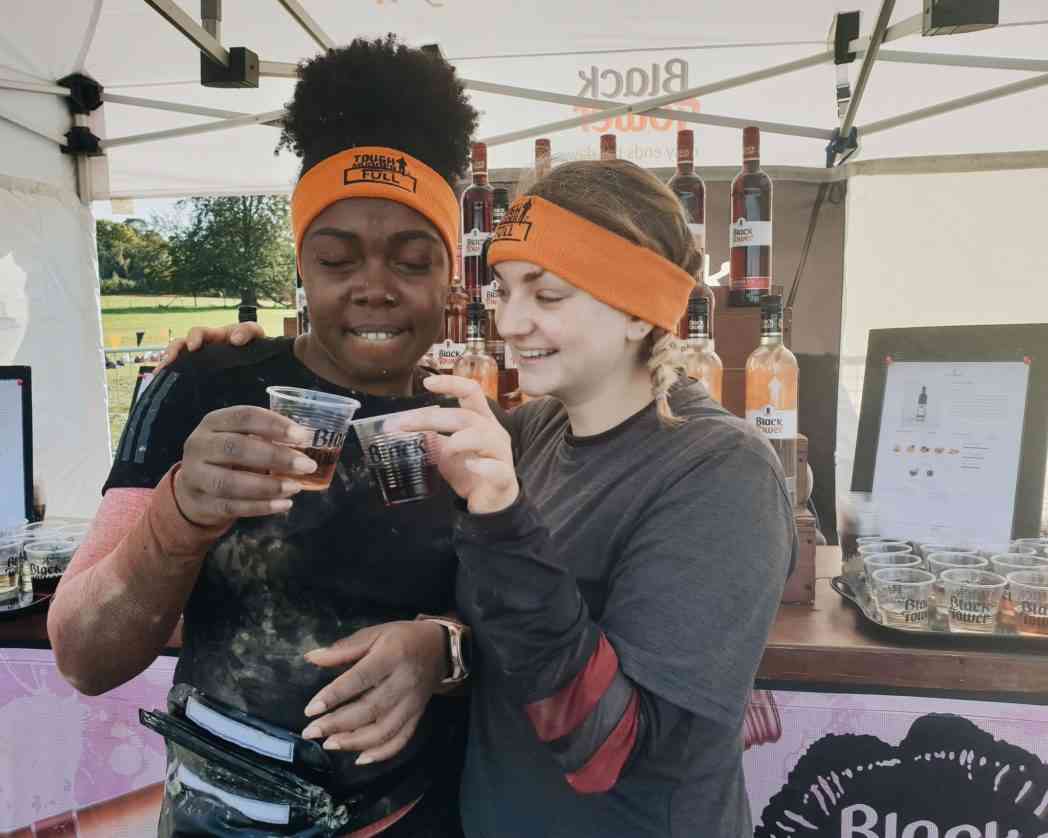
For the third year in a row, I ran the Hackney Half Marathon. If there is one thing that is evident, it’s that this race is cursed with hot weather. Hot weather that hasn’t graced us with it’s presence for training, so come race day when it’s 27 degrees, we can’t really cope.
Read: Hackney Half Marathon 2014 || Hackney Half Marathon 2015 || Hackney 2022
In a bid to keep this post interesting (i.e save me from copy and pasting 2014 and 2015 reviews) I thought I’d share with you my strategies for coping with running in hot weather…

The Impact of Heat on Performance
Sweating with inadequate fluid replacement decreases plasma volume (which makes up about 55% of the body’s total blood volume), compromising cardiovascular function, impeding heat dissipation, and causing a steep rise in core temperature.
This will eventually diminish an athlete’s exercise capacity and could lead to heat related illness.
Adequate fluid and electrolyte replacement helps maintain plasma volume so that circulation and sweating are maintained at a good level, meaning your performance doesn’t suffer.
Acclimatise when possible
Our bodies are pretty adept at getting used to the heat if we give them some exposure. 70% of the adaptations you can achieve through full heat acclimatisation can be attained in as little as 5 days, or possibly even just 5-8 prolonged exercise sessions in the heat.
These adaptations include an increase in sweat rate, an increase in blood plasma volume, and a lower baseline core temperature.
While some athletes use heat chambers to acclimatise in, you can also just crank the heaters up when you train indoors. Even wearing some extra layers of clothing when doing training in a more temperate environment can do the trick.
But always be safe and be cautious with heat acclimatisation training. Start with shorter and lighter sessions to begin with, and don’t push yourself too hard.
Maintaining proper hydration
Athletes in the heat will commonly sweat between 1-2 litres per hour. For those with high sweat rates, they’ll be drinking less than they sweat and the result is dehydration.
Hydration can have a significant impact on an athlete’s performance, so understanding how to maintain hydration levels before, during, and after exercise is crucial.
Proper hydration supports cardiovascular function, enables your body to dissipate heat created by your working muscles, and reduces fatigue – all helping your body work more efficiently.
When there are additional factors like heat to consider, you might need to adjust your hydration strategy for maximum impact.
Hydration is much more than just water
Before we look at how to stay hydrated, it’s important to understand that hydration is much more than just the amount of water we drink.
Your body is constantly aiming to maintain a balance between water and electrolytes, essential minerals (like sodium and potassium) that are vital to many critical body functions
It’s therefore important to take on the correct levels of both to properly hydrate; it’s the balance that’s key.
Drinking just water can upset that balance, diluting the body’s concentration of salt. Always wanting to maintain equilibrium, the body’s solution to this is to expel the excess water through urine. It’s basically going make you pee!
Unfortunately, this will also take with it some of the electrolytes in your system, further diluting your blood sodium levels and impacting your performance (and wellbeing, in extreme cases).
That’s why it’s important to take on an appropriate amount of water for you, but also electrolytes to make sure that water is retained.
What To Pack For Running In Hot Weather
After running the 5km on the Saturday, I made a last minute kit bag swap for shorts and a sports bra.
Last year, I spent half the race faffing about with my top, then decided to take it off so I thought I’d just skip one this year seen as I knew it was gonna be hot.
This particular sports bra has pockets on the front which are perfect for stashing my shotbloks, nuun hydration tablets and mobile phone.
I also took along a bottle of water with me in this cute Swell Bottle which keeps your water cold for something like 12 hours! Do you know how good a cold sip of water tastes after running for two and half hours in the heat?!
Running Tip: pack vaseline to rub on areas prone to chaffing! #ouch …or like I learned (thanks to Bethan), St John’s Ambulance staff have a stash on them and they seemed to be located close to all the water stations!
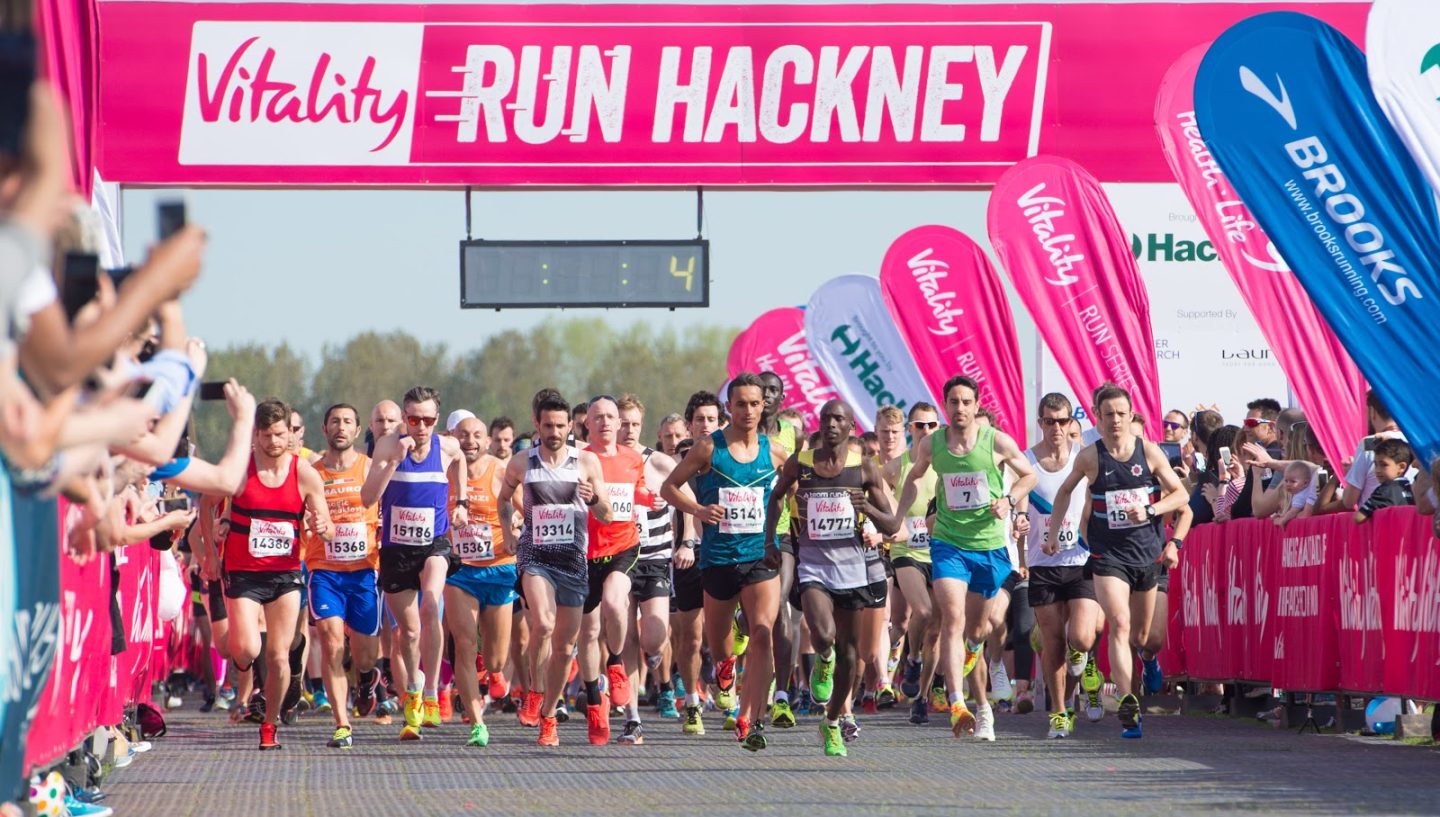
Pre-Race Strategy For Running In Hot Weather
My new morning routine for a short while now has been to drink a glass of water before I do anything else and race morning was no exception. After my water, I had some Pimped Up Overnight Oats for fuel – I mean, I was gonna be running for over 2 hours!
Don’t forget to pop on your suncream before you head out! While you’re making or eating your breakfast is a great opportunity!
Tip: Pre-hydrating
Consuming a strong electrolyte solution in the build-up to a race or training session will boost your salt levels, encouraging your body to retain the water you drink, helping you to start fully hydrated.
The timings of a race day, particularly large events, can be vastly different to an athlete’s usual routine which is why planning your hydration strategy is key in this scenario.
Athletes preparing for a hard session or race should take a strong electrolyte drink the night before to encourage their body to retain fluid, which will boost blood volume.
On the morning of the session or race, 90 minutes before the start, it is recommended that athletes take another bottle of strong electrolyte drink to top-up blood plasma volume.
It is important to finish this drink 45 minutes before the event starts, to give the body time to process it.
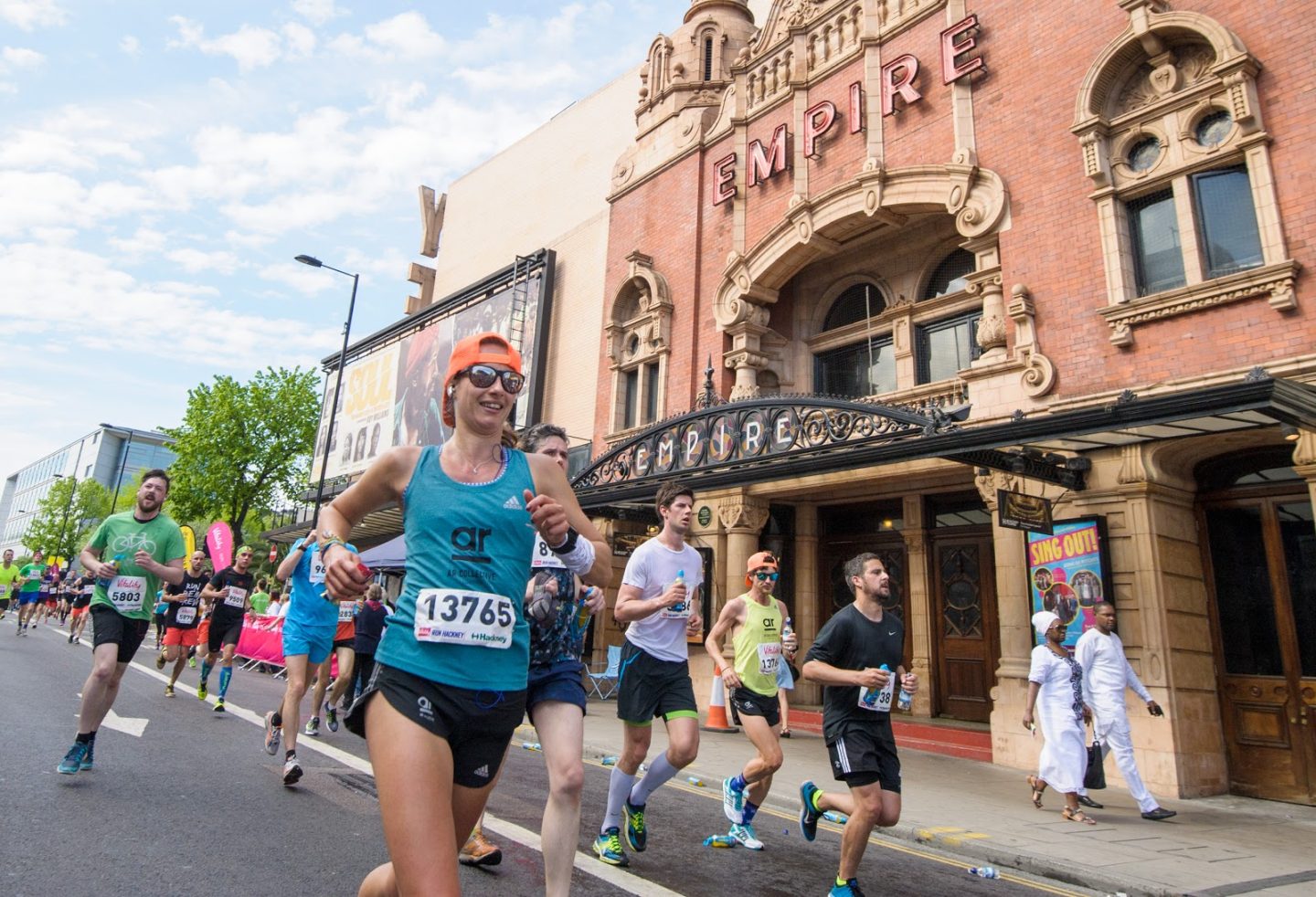
On The Course
There were 7 water stations situated on the course and I told myself I would just drink at the ones I needed to. This totalled all 7 and even some Lucozade from one of their stations!
I have also never been so grateful for people with hoses in their front gardens dousing us (as the ones provided by the race really, really didn’t do anything regardless of how good the next photo looks!).
There were also some spectators / locals handing out cups of water so in fact that was 8.5 stations for me during the race!
I was lucky enough to run with Bethan (of A Pretty Place To Play) and our friend Kiera. From day dot (well at least on the day! lol), we decided it would be our once regular #PartyPace … a mix of chatting, laughing, catching up and no GPS.
Tip: Pace Yourself
Pushing too hard is the easiest way to overheat so starting slowly and managing expectations is essential when it’s very hot. This can be hard to remember if you’re racing or trying to achieve a personal best, but it’s essential to surviving a session in the heat.
When you’re exercising a huge proportion of the energy produced gets ‘wasted’ as heat, causing the body to warm up more rapidly the faster you go. When going hard in cold conditions this is not a big issue as it’s relatively easy for the body to shed heat into the external environment.
However, when conditions get hot and humid, offloading heat via the evaporation of sweat is very inefficient so there’s often a terrible penalty to pay for aggressive pacing. It can cause overheating that’s very difficult or impossible to reverse without significantly slowing down or stopping altogether.
Tip: Hydrating During Your Event
For short sessions or races, drinking is unlikely to be necessary. You will lose fluid through sweating but can easily rehydrate to replace any fluid lost and the low level of dehydration you’ll likely suffer will not be enough to impact your performance.
During sessions and events over 90 minutes the need for fluids starts to become apparent for most people and the amount required is largely driven by your sweat rate.
This can vary dramatically from person to person and depend largely on the intensity of the heat you’re exercising in.
When your body is working for more than two hours, it’s time to add sodium to the fluids you’re consuming.
During very long races, especially those in the heat, where total sweat losses can be massive over a period of many hours, personalised sodium supplementation starts to become critical, especially if you’re someone with a high sweat rate or high sweat sodium levels.
A one size fits all approach is tricky, and the best way to make sure you’re drinking the right amount for you, is to create a hydration plan according to your particular needs.
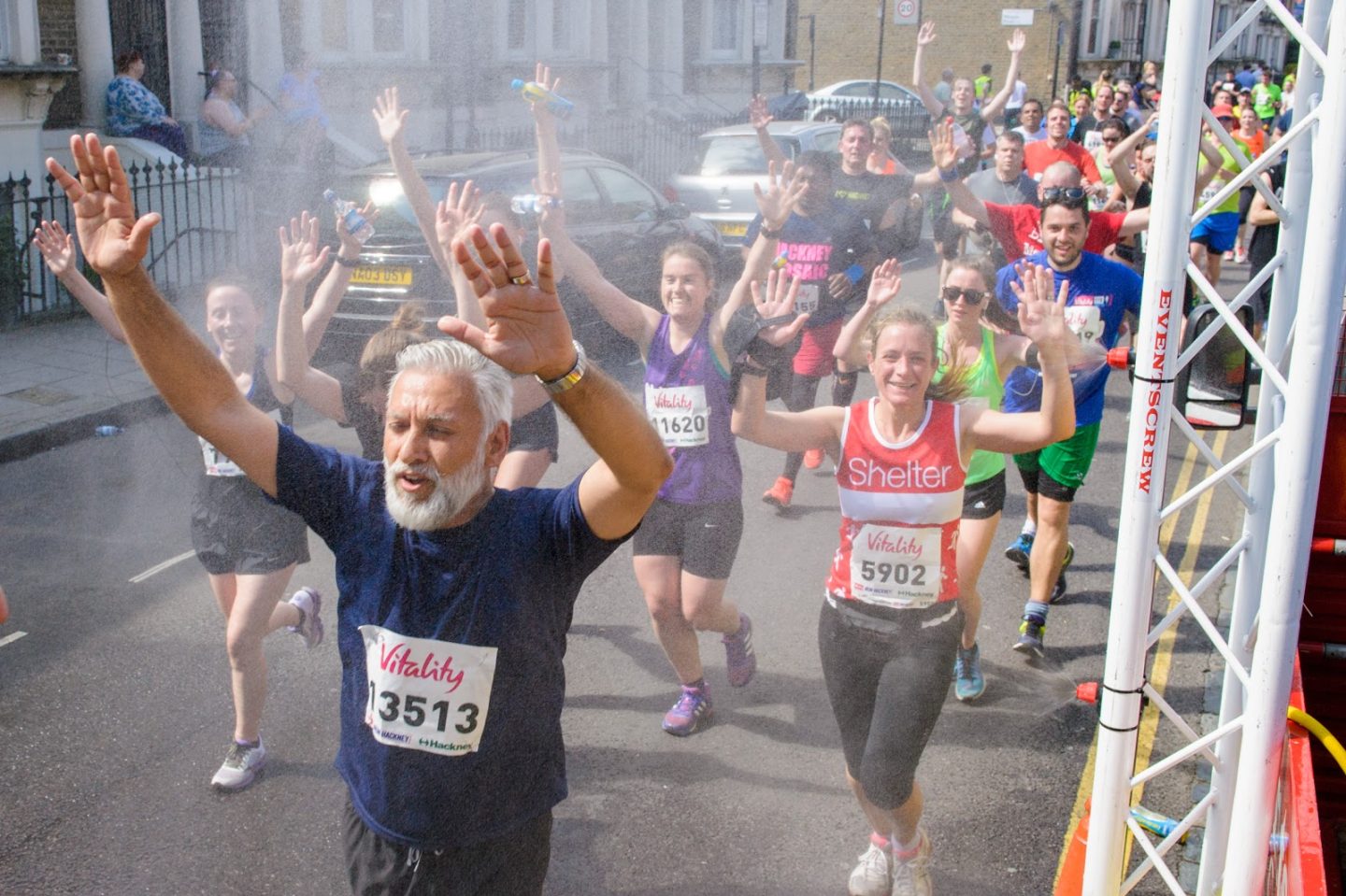

The Post Race Experience
Coming through the finish line, I was so focused on getting my medal, I missed the bananas. But the goody bag had a few treats in it which helped to stave off my hunger for a little while longer.
Talking of the medal, can you see how unimpressed I am?! This. This is my bling shot, cos you don’t wanna see it too close up, believe me!
Full props to the organisers though. You can never really plan for the weather so they did an awesome job of looking after us all (oh, bar the commentator screaming at us to get in the pens cos the race was about to start then us standing there for 20 minutes in the already hot sun. I wish I could convey my raised eyebrows when typing.)
Tip: Hydrating After Your Event
When your sweat losses have been fairly low (as is the case after many standard training sessions) and when you don’t need to perform again for a while, simply drinking and eating normally is usually enough to replace all the fluids and electrolytes you lost.
However, when your sweat losses are high, or you have to restore fluid balance rapidly because you’re exercising again later in that day, a more proactive approach to rehydration may be needed to help your body restore equilibrium in a short space of time.
The period following exercise is when the body is best placed to rebalance fluid and electrolyte levels.
If you want to rehydrate quickly in a situation where you have become quite dehydrated or need to be back on top form again very soon, then you need to drink about 1.5 times more fluid than you have lost, and you need to make sure there’s plenty of sodium either in or with the fluid to account for the salt loss too.
The reason you need to drink so much more than you sweated out is that you inevitably end up peeing some of it out (and perhaps continue sweating after you finish too).
Your drinks need lots of sodium in them to prevent your blood sodium level dropping too low, which would cause your kidneys to significantly ramp up urine production to rebalance your water and sodium levels.
This race wasn’t quite a Personal Worst (PW) for me, that was North London Half Marathon earlier this year! But it is high on the list for Personal Best in terms of the amount of fun I had, the course and the community feel! London can learn a lot from this here half marathon 😉
How do you cope running in hot weather?!
Elle


